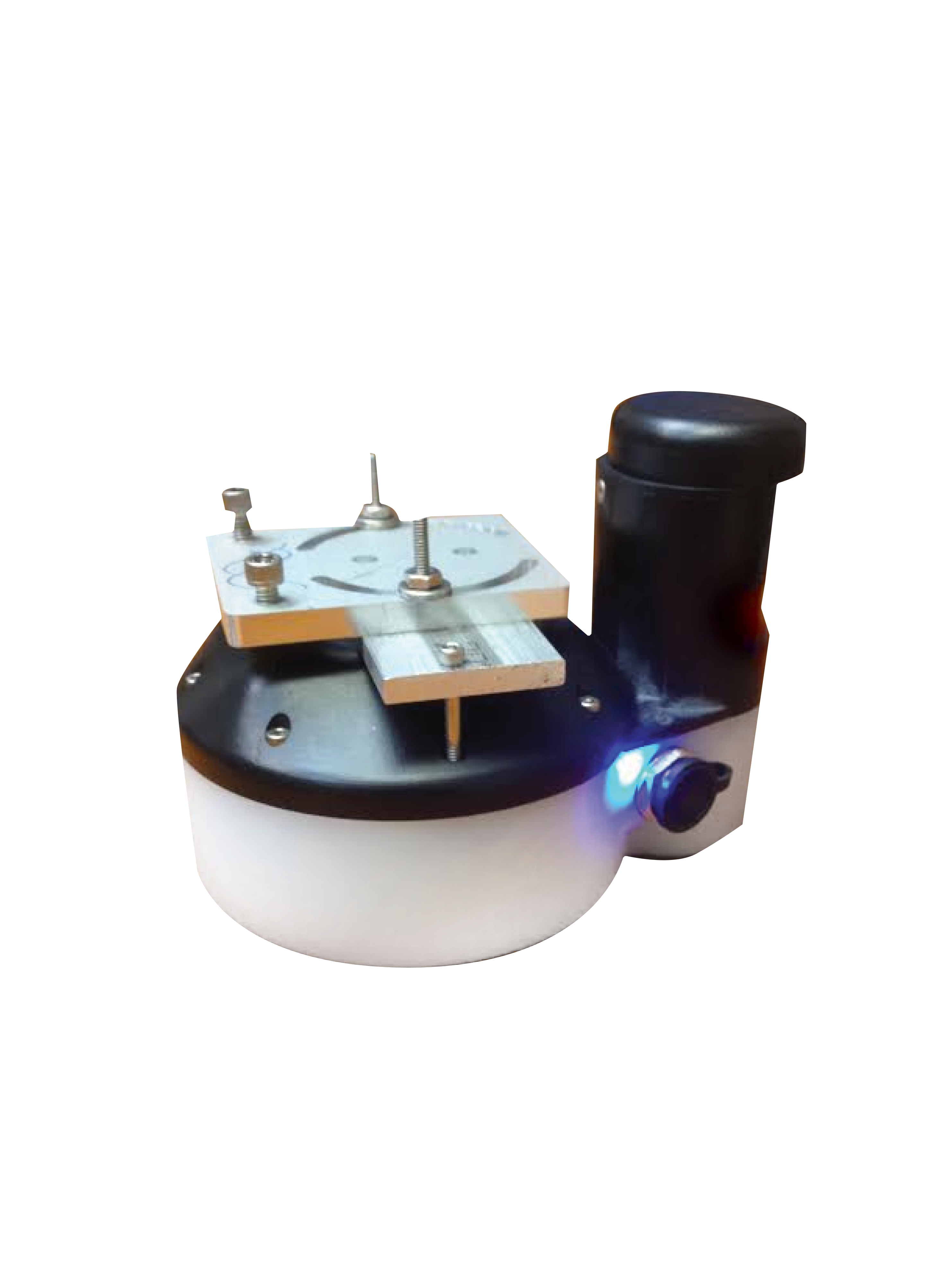Summer 2014 Capstone Project
Project Overview

For the summer of 2014, the Math Consultation Clinic worked with the engineering firm Evisive to produce a program which tracks the position and orientation of a microwave transceiver. The microwave transceiver is mounted to a puck with eight optical-flow sensors, like those found in a computer mouse. The device was developed specifically for on-site inspection of ceramic armor plates. Using the data outputs from these sensors it is possible to construct an estimation of the actual path of the microwave transceiver.
Our program was based on the method describe in [paper 2] for tracking a device with multiple optical flow sensors. In addition to the tracking the position and orientation, [paper 2] proposes a calibration and consistency check to improve results.
The calibration method uses input date to improve information about the construction of a device. This allows us to use more accurate information about the position, orientation, and sensitive of each sensor on the device. The consistency check uses the rigid body constraints based on the devices construction to filter out errors reported by individual sensors.
Overall, our results were an improvement on the pre-existing program used to track the position of the microwave transceiver. The new program improves results by tracking the orientation of the device and using the calibration to better estimate the construction of the device. In some cases the consistency check implemented improved results, but in general it is not helpful. However, our program still suffers from problems cause by accumulated error. Small errors in the position and orientation have a large impact with the path is long.